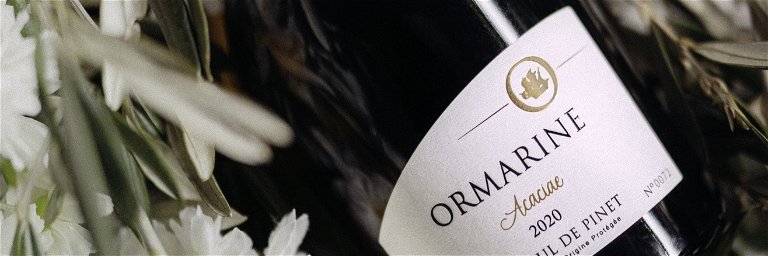Cave de L’Ormarine Releases Acacia-aged Picpoul de Pinet
Ormarine, the Languedoc co-operative and largest producer of Picpoul de Pinet, has released just 3000 bottles of acacia-aged Picpoul.
Picpoul de Pinet is an unusual success story. Grown by the sea, or rather by the lagoon that is the Étang de Thau with its oyster beds, it speaks eloquently of its Mediterranean origin in the Languedoc in southern France.
Indigenous Variety
Picpoul is an indigenous variety and made its way into local wines for centuries. When the production of vermouth took off, this is where most of this distinctive grape disappeared to. But years in the doldrums followed. Vermouth stopped being big business, so what were the growers to do with these grapes? In the late 20th century, it was cool fermentation in stainless steel, modern vinification in fact, that revealed Picpoul de Pinet as the jewel it is.
There is the suggestion, probably apocryphal, that its name means “sting your lip” in Occitan, the native language of the Languedoc, but that gives a clue to Picpoul’s nature. The grape's vivid acidity, prized in such southern climes, translates into refreshing zestiness in the wines – alongside a lovely herbal savouriness.
Picpoul de Pinet thus is that rare thing: a fresh, dry, distinct white wine that is great value, utterly reliable and totally refreshing. In short, it is the perfect summer white. Since receiving its own AOP in 2013, it has conquered hearts and palates.
Cave de l’Ormarine
The largest producer of Picpoul, Cave de l’Ormarine in Pinet, has now made a premium version of Picpoul de Pinet. The idea was to give extra body and creaminess to the wine by ageing it in 500-litre acacia barrels for four months. Three quarters of the wine were aged in wood, with lees stirring, one quarter was aged just on lees. Winemaker Iain Munson MW says: “Acacia wood accentuates all the aromatic qualities of Picpoul and does not dominate the natural expression of the grape. We wanted to make a wine with complexity, with intensity, but still keep the essence of the grape.” Just 3,000 bottles were made. Falstaff tasted the acacia-aged wine, called Acaciae, alongside its tank-fermented siblings.
